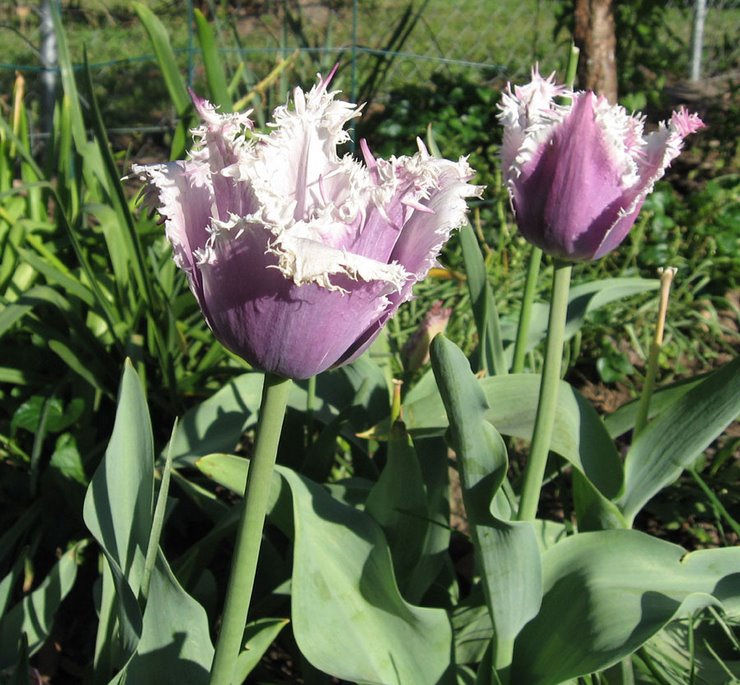 |
| Creeping phlox |
Perennial, zones 3-9
Full sun to light shade, 2-6" tall
One of the flowers that adds so much color to the spring garden is creeping phlox, also known as moss pinks. In the spring, when it blooms, it is literally covered with small flowers for several weeks. When grouped together or allowed to spread as a groundcover, this mass of color is stunning. Creeping phlox blooms in pink, rose, lavendar, blue, white or variegated. Even when the flowering is over, the needle-like foliage, evergreen in milder climates, makes a nice thick ground cover.
Creeping phlox does best in evenly moist but well-drained soil with plenty of humus. Once it is well-established, it is low maintenance and can handle a little drier conditions. When I plant it, I dig in lots of compost. It prefers full sun, but can tolerate some shade. Too much shade will encourage lanky, sparse growth and less flowering. Creeping phlox spreads by underground stems, and a mature plant may be two feet across.
After the flowering is over, give creeping phlox a light trim with a weed trimmer or garden clippers to encourage the plants to grow dense. Spring is also the time to divide the plant if it starts to get leggy in the center of an older clump. Dig up the plant, preserving the root ball. Cut the plant and root ball in half, then replant one section in the original hole, and the other section in its new location.
I love to have creeping phlox as an underplanting for spring bulbs, and spilling over stone or brick edges of flower beds. Since it blooms in the spring, pair it as a ground cover with taller summer-blooming flowers. Creeping phlox attracts butterflies when in bloom.
- - - - - - - - - - - - - - - - - - - - - - - - - - - - - - - - - - - - - - - - - - - - - - - - - - - - - - -
At the top of posts about plants, you will notice the "allergy index scale" rating for each plant I discuss. This Ogren Plant Allergy Scale rates the allergy potential of a plant, but of course does not indicate whether you or anyone else actually is allergic to it. In this scale, 1 is the best rating, with the least potential to cause allergic reactions; and 10 is the worst rating, with the most potential to cause allergic reactions. Because creeping phlox is rated 4, just under midway on the scale, I am willing to have some growing in my garden, but I avoid having it near the windows of my house. It is better to plant it in borders farther from the house.

No comments:
Post a Comment